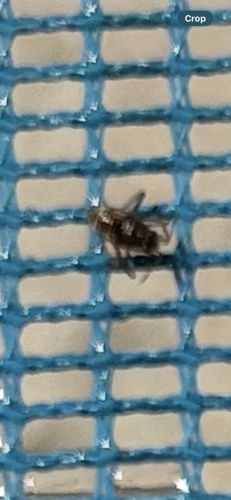Flea
Scientific Name: Various species, e.g., Ctenocephalides felis (cat flea), Pulex irritans (human flea)
Order & Family: Siphonaptera (Order); Pulicidae (Family)
Size: 1-4 mm (adults)

Natural Habitat
Fleas are found globally in various environments where their hosts reside. They can infest homes, bedding, carpets, and pet areas. Outdoors, they might be found in tall grasses, sandy areas, and shaded spots where animals rest.
Diet & Feeding
Adult fleas are obligate hematophagous parasites, meaning they exclusively feed on the blood of their warm-blooded hosts (mammals and birds). Larval fleas feed on organic debris, including adult flea feces that often contain undigested blood.
Behavior Patterns
Fleas are ectoparasites, meaning they live on the outside of their hosts. They are known for their ability to jump significant distances relative to their size, which helps them move between hosts. Their life cycle includes egg, larva, pupa, and adult stages, with adults typically living on a host and feeding on blood.
Risks & Benefits
Risks: Fleas can cause intense itching, skin irritation, and allergic reactions (flea allergy dermatitis) in pets and humans. They are also vectors for various diseases, including bubonic plague (transmitted by the oriental rat flea, Xenopsylla cheopis) and murine typhus. They can also transmit tapeworms (e.g., Dipylidium caninum) to pets and occasionally humans. Benefits: Generally, there are no direct benefits of fleas for humans or the ecosystem, as they are primarily pests and disease vectors.
Identified on: 8/17/2025